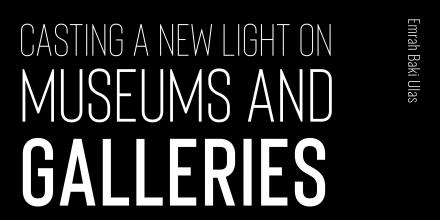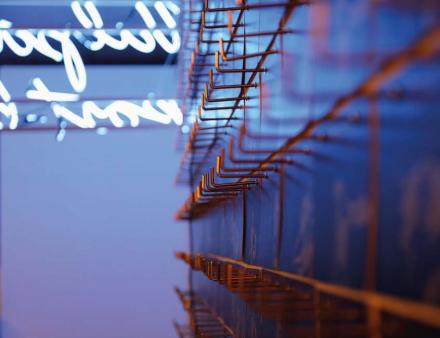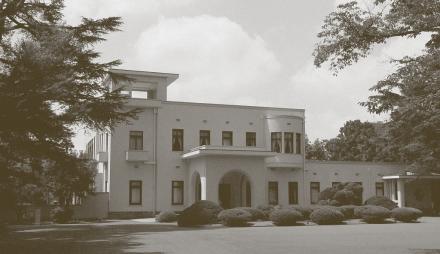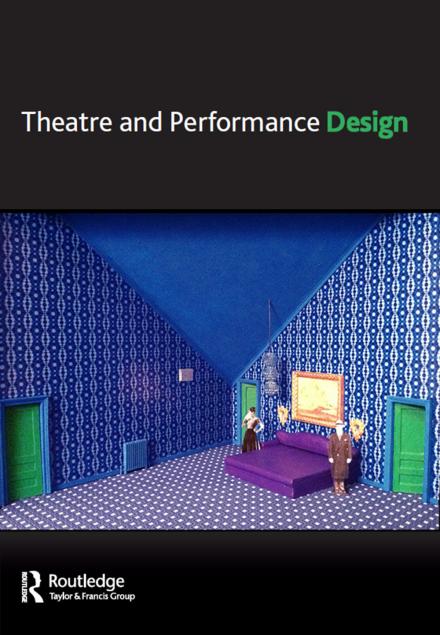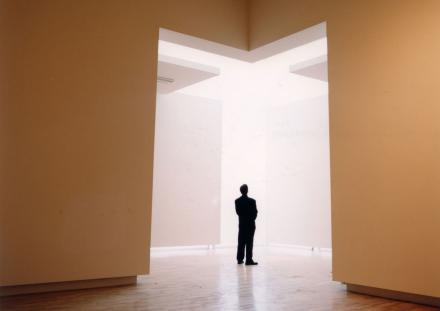The Plant is an installation that has been exhibited in all the editions of The Long Paddock, a travelling exhibition curated by The New Landscapes Institute that has been displayed in several regional galleries of New South Wales. The curatorial team invited nine artists and architects to reflect on the past, present and future of the semi-abandoned Australian Travelling Stock Routes.
At the beginning of the colonial times, these routes were shaped in the form of horse-ridden paths upon the recommendation of the Indigenous population, who knew the landscape and shared information about the best corridors regarding pasture and water access. The plant is a term that refers to the ensemble of human, animal and technical artefacts involved in the tradition of moving stock, facilitating access to pasture and water, as well as the transportation of food, energy and shelter.
Today, the movement of livestock operates in a 24/7 continuous season. The farming industry has adopted the flexibility and geographic detachment that characterise post-Fordist forms of production. Trains, trucks, vessels, drones, helicopters, cattle crushes, portable fences, refrigerated chambers and supermarket trolleys are part of the broad constellation of technologies that allowed us to rethink the material qualities of a globalised plant. The installation is a 1:1 model that stages the material attributes of contemporary Australian farming landscapes. The Plant consists of 20 acrylic merino chairs (pelusillas), a wheeled cow table called Margarita (daisy in Spanish) and a galvanised steel cattle-crush dressed up as a media machine.






